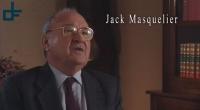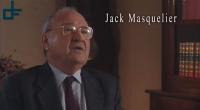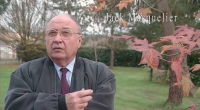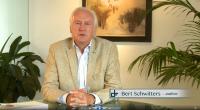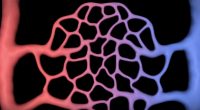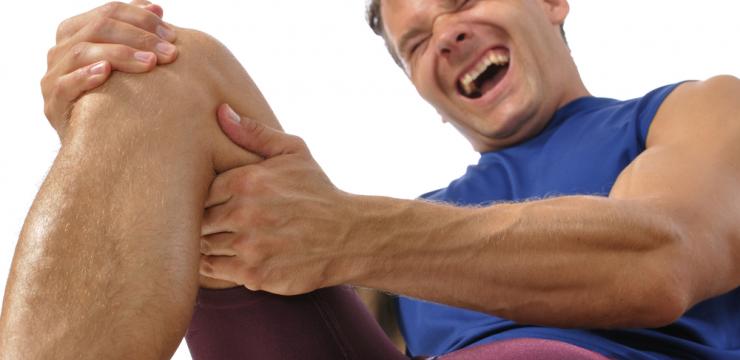
- Sports injuries
- Excerpt
Most sports injuries result in edema. This usually involves ripped capillaries, which are the result of torn muscles, sprains, fractures, twisting, and whiplash injuries. Such an injury is painful and uncomfortable for anyone. However, the achievement-oriented athlete suffers most from this. For high-performance athletes and people who enthusiastically spend time and energy in sports activities, it is vital to quickly recover after an injury, rather than stay away from training and competition for an extended period of time. Improvement of performance does not take place during the activity itself. Improvement is the result of the body’s adaptation to the intensity of the training. This adaptation process occurs during the periods of rest and recovery between trainings, matches, and performances.
Result-oriented sportspeople will therefore seek to alternate regular periods of activity with equally regular periods of rest and recovery. An interruption due to an injury rapidly spoils what was gained. The adaptation process is optimized when the body is supported with nutrients that prevent or help minimize the effects of injuries and stress, quench the free radicals created during intense activity, help the making and protecting of fresh collagen, and keep up circulation during rest and recovery periods. The length of the recovery-periods can be shortened. Therefore, professionals in the field of sports medicine show tremendous interest in researching the effects of preferably harmless, non-doping products that ensure rapid, thorough, and lasting improvement. In this respect, OPCs fulfill all requirements. OPCs repair not only damaged blood vessels but all structures containing collagen, including bones, skin, tendons, sinews, cartilage, and connective tissue.
In 1983, a French study performed in Nice reported the use of OPCs by injured soccer players. Most French are avid soccer fans, so the logic of testing Endotélon in this popular field led to this study. The effect of OPCs was measured for 10 days on 40 soccer players who had sustained an injury. Immediately after the injury, on the first day, they took 400 mg of OPCs. On days two through eight, they took 300 mg per day, and on the last two days, they took 200 mg per day. On the tenth day, edema appeared to a lesser extent in the OPCs group than in the control group that didn’t receive OPCs. In some cases, the edema disappeared. The researchers also concluded that the overall physical condition of the OPCs group was better than that of the non-OPCs group.
(Les oedèmes post-traumatiques chez le sportif: essai contrôlé de l’Endotélon. J.J. Parienti et J. Parienti-Amsellem. Gaz. Med. De France - 90, No 3 du 21- 1-1983.)

